POWER TESTS
Counter Movement Vertical Jump
To assess an athlete’s overall explosive power capabilities and specific vertical jump performance.
If the coach doesn’t have access to jump testing technology, then the test can be performed against a wall with some chalk on the placed on the index finger of the athlete. A tape measure and some chalk will also be needed (that can be wiped off at a later date).
The athlete starts standing parallel to the wall (shoulder of the dominant arm nearest to the wall) with their feet placed in the athlete ready position ready to perform a maximal jump.
The athlete raises their arm vertically whilst standing and places a mark on the wall at the maximal height they can reach whilst remaining stood. The athlete then performs a vertical jump and places a mark as high as possible whilst in mid-air to represent maximal vertical displacement. The assessor then measures the distance between the original standing mark and the new maximal height mark before recording the data.
The test is completed three times, and the average calculated (rounded to the nearest 1.0 cm).
Standing Long Jump Test
To assess an athlete’s overall explosive power capabilities and specific horizontal jump performance.
If the coach doesn’t have access to a jump pit or a pre-displayed measuring scale on the floor, then the test can be performed by simply measuring the distance from a line to where the athlete lands.
A tape measure and some adessive tape will be needed to represent a start line.
The athlete starts standing with their toes behind the starting line ready to perform a maximal horizontal jump.
The athlete performs a maximal horizontal jump before landing and stabilising . The assessor then measures the distance between the original starting line and the new maximal horizontal jump mark (taken from the back of the heel, which is furthest back, before recording the data.
If the athlete fails to land correctly and places their arms out to break their fall, then the tests must be repeated. The test is completed three times, and the average calculated (rounded to the nearest 1.0 cm).
Power Clean Test
To assess an athlete’s overall explosive power and speed-strength capabilities
A standard sized Olympic weightlifting bar (20kg male and 15kg female bar), a weightlifting platform, a bumper plate set (1.25kg, 2.5kg, 5kg, 10kg, 15kg, 20kg, 25kg) and some weightlifting chalk.
The athlete performs an effective RAMP warm up specific to power clean performance before gradually increasing their working loads performing sets of 1-3 with incrementing loads.
The athlete continues to make power clean attempts until a maximum is reached the athlete perceives they can no-longer lift a further load (thus can be discussed between the coach and the assessor if the coach feels the athlete is capable of achieving a greater load) or they fail at lifting as specific load.
The final load lifted with correct form is then recorded in Kg. If the athlete isn’t competent at performing the power clean exercise, then either the vertical jump or horizontal jump should be used instead. If an athlete is competent, then both a power clean tests and horizontal or vertical jump test can be used in conjunction with each, providing the coach with an assessment of an athlete’s power production at different aspects along with power training spectrum.



